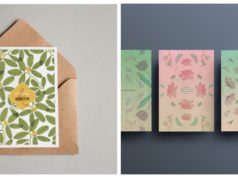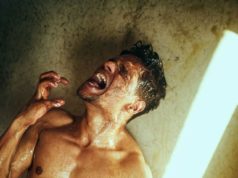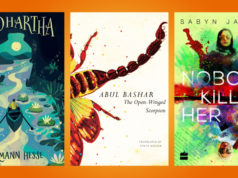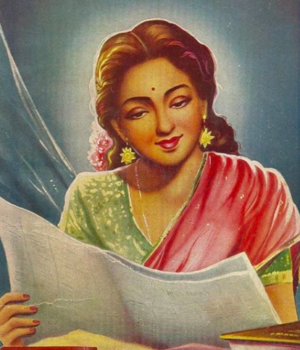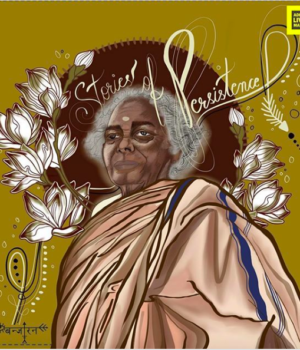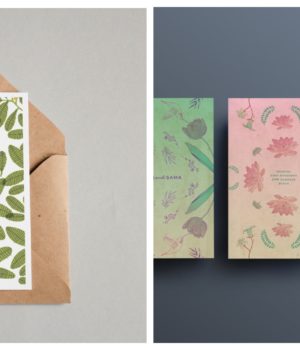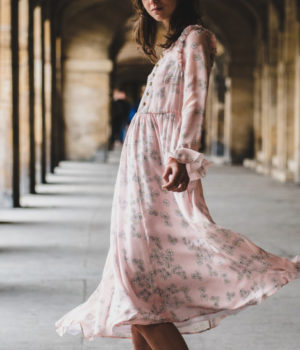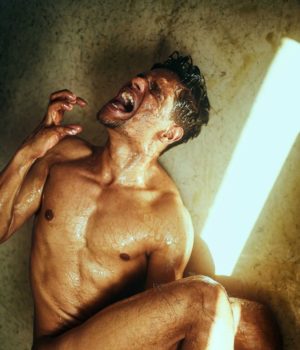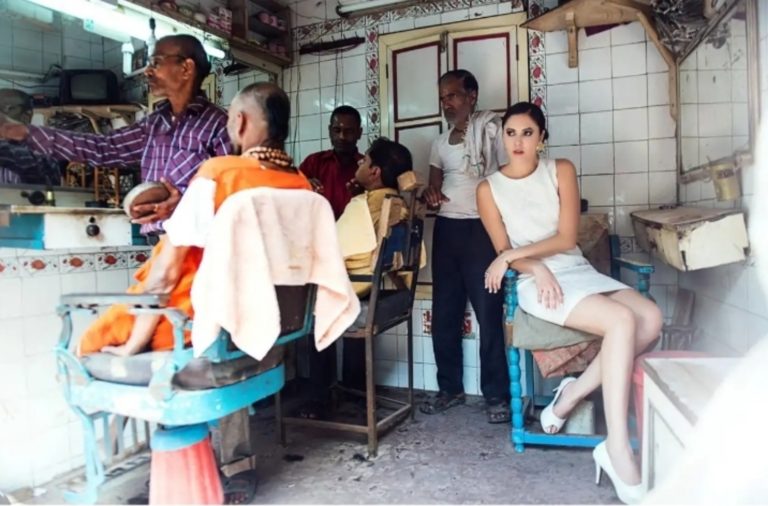
When we encounter a photograph that has an impact on us, we remember it more vividly because it demands our attention, stirs our curiosity or evokes an emotion. Riddhi Parekh is one of those few photographers whose entire body of work leaves you influenced in some little way.
The grace of a dancer, the chill of an overcast day, the tone of a child’s skin – Riddhi captures real and genuine expressions of our times seemingly with ease, narrating short stories about the world around us with verve.
We caught up with her to talk about her journey as a photographer, her aesthetic, and knack for storytelling:
1) Tell us a little about your journey as a photographer and about the turning points or steps you had to take to get to where you are right now.

I think there are definitely a lot of defining points in any photographer’s life – the first being when one realizes they want to be a photographer.
Mine came during a stint at a low-end boring job at an ad agency doing mundane research work. Then, after a life changing conversation with my colleague, I quit in a month to try my hand at photography.
Another defining moment was when I realized that I actually have the potential and eye to make something out of myself in the art industry. I realized I could be a photographer when my mentor Nrupen Madhvani praised my work for the first time on my last day of interning with him.
When he first hired me, I had no experience at all, beyond taking bad photos of flowers, that is. And just before completing my internship, I shot a fine art series of water vaults on a friend’s terrace. One of the images won me an award, but his appreciation was the best reward I could have asked for, because it made me realize that I did have an eye for photography.
The third turning point is when one realizes that they are not just any photographer, but they have a style and that they are an artist.
For me, this moment of realization was when I took a photograph which I personally liked. Till date I had not shot anything that looked magnificent to me. But then I shot a photo of an old lady sitting on stairs facing the wall. It looked like a painting in real life and more so in a photograph.
Fourth is when one does something with their ideas and style, using it as a voice to move forward. It’s an ongoing lifelong process. Personally I have an artists block every six months. I sulk, I cry, I dream and eventually I try my best to create and make something out of all the mess in my head.
2) What is the idea behind ‘White Blind Alley’?
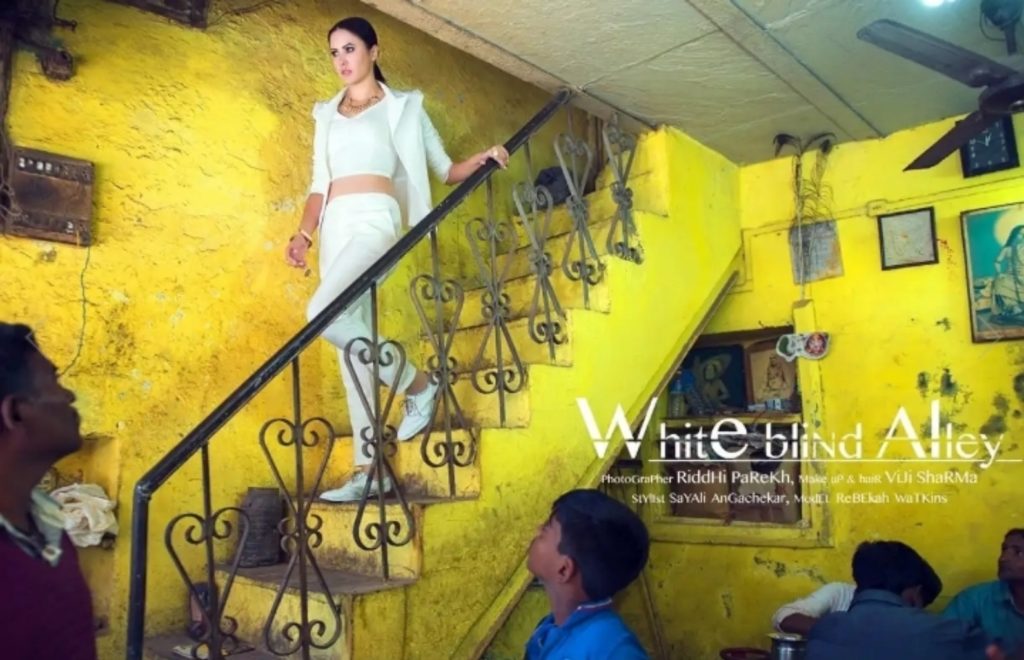
Honestly, ‘White Blind Alley’ was the Plan B to my original plan of shooting a model in all white in the midst of Holi, Mathura. But, since there were so many men high on bhang, it wasn’t suitable to shoot. So we decided to shoot the next day on the streets of Mathura. Since the clothes were all white and Mathura is so full of colours and textures, I chose contrasting backdrops and shot it with natural settings and people in it.
We had half a day to shoot this and not much idea or planning beyond that. No matter how much planning I do, the location you choose throws some curve ball at you and you just have to tackle and make the most of it. But, not knowing what you will end up getting eventually is also the fun part of this process.
3. Do you set the narrative that the photo will depict before you shoot it, or do you let it come out through the photograph?

I think my previous question answers that pretty well. In general, we usually have a basic reference point as to how we want the story to look. But I always leave some room for spontaneity.
4. Could you talk to us about the model in the White Blind Alley series and your team in general?
What more to say apart from the fact that Rebekah Watkins is a fantastic model. I am blessed to be surrounded by people who support my mad ideas.
She and Viji Sharma, the make up artist and part sponsor of this project were two such people. They let me take the lead and trusted my vision and plan even when I didn’t have one. And Firoz Malik is our dependable assistant.
I had shot with Rebekah twice before on two more personal projects and I knew she would kill it.
She has a very versatile face; she can model well in a long shot and also give me a stunning close up; she can do high fashion; and at the same time, she is someone who is comfortable with uncomfortable situations. Not just this one, but she was also the model in three more stories that we shot in Mathura, including the train series.
5) One usually hears of travel or food photographers, but you do it all. What is it like to be someone who captures cities, food, people, fashion, and art through the lens as well as indulge in a little product photography?

It’s a personal journey and a personal choice. I enjoy shooting all of it so I do it all. For me, one genre of photography becomes a way to inspire other genres.
“Product photography gives me discipline, architecture teaches me accuracy and about importance of light, food teaches me detailing, photographing people gives me an understanding of human nature and how to capture emotions, and documentary teaches me how to be a good storyteller.”
Riddhi makes the ordinary interesting by creating multiple layers of stories in each image by using different, but simple elements. We cannot be anything but excited to see what is next on her radar.
To check out more of Riddhi’s work, click here to visit her site and here to follow her on Instagram.
Written by Chinmay Manoj
Image Credit: Riddhi Parekh

